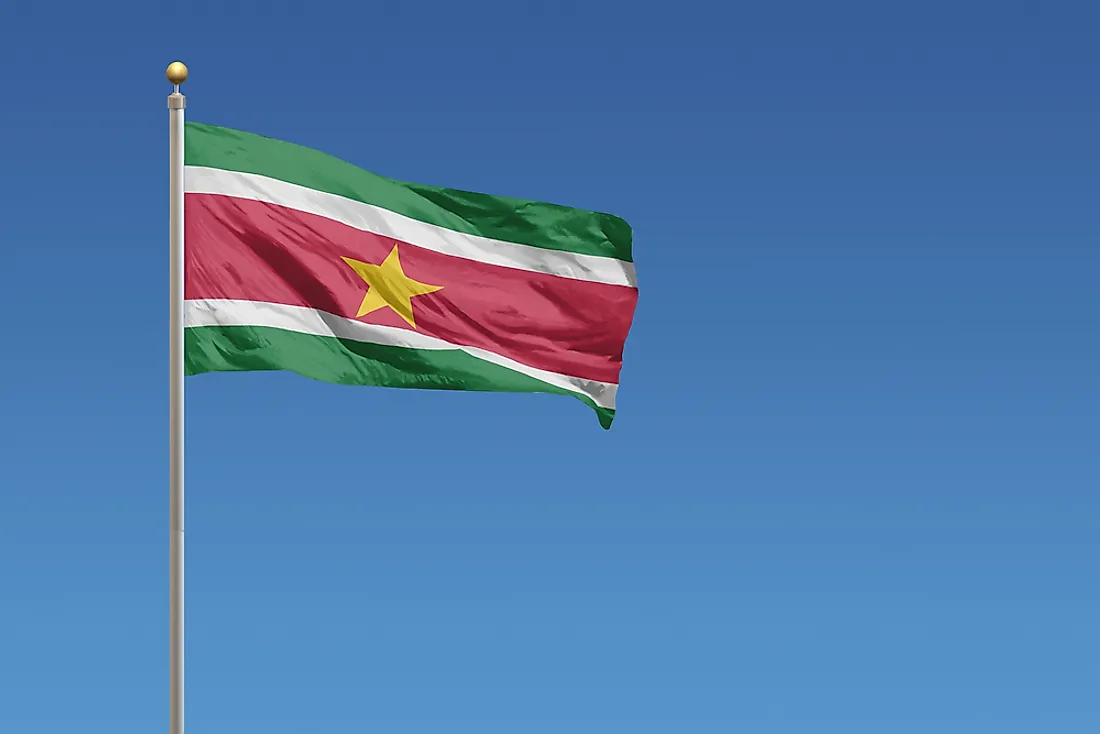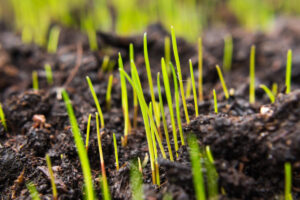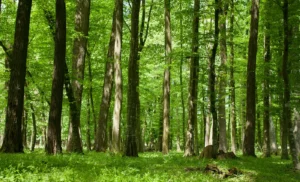Tree Removal in Suriname: Laws, Permits, Applications & Costs
When planning to remove trees in Suriname, you need to navigate a complex system of environmental regulations, permits, and procedures. Whether you’re a property owner, developer, or business operator in this South American nation, understanding the legal framework around tree removal is essential to avoid hefty fines and contribute to sustainable forestry practices.
Understanding Suriname’s Forestry Laws
Suriname boasts one of the highest forest cover percentages globally, with approximately 93% of its land area covered by forests. This remarkable natural resource is protected through a comprehensive legal framework that has evolved over decades to balance economic development with environmental conservation.
The cornerstone of Suriname’s forestry regulation is the Forest Management Act of 1992, which established the Foundation for Forest Management and Production Control (SBB) as the primary regulatory body. This legislation was further strengthened in 2016 with amendments that increased protection for old-growth forests and indigenous territories.
When you consider tree removal in Suriname, you’re entering a regulatory environment designed to preserve one of the world’s most pristine forest ecosystems. The government has implemented a tiered approach to tree removal permissions, with different requirements based on:
- The location of the trees (urban vs. rural)
- The number and species of trees to be removed
- The purpose of removal (personal, commercial, or developmental)
- The ecological sensitivity of the area
Protected Tree Species
Not all trees in Suriname can be removed, even with proper permits. The country maintains a list of protected species that have special cultural, economic, or ecological significance. These include:
- Bolletrie (Manilkara bidentata)
- Ceder (Cedrela odorata)
- Groenhart (Tabebuia serratifolia)
- Possentrie (Hura crepitans)
- Wana (Ocotea rubra)
Removing these protected species requires special permissions that are rarely granted except in cases of public safety or major infrastructure projects with significant economic importance.
The Permit Application Process
If you’re planning to remove trees in Suriname, you’ll need to navigate a multi-step application process. The specifics vary depending on your location and the scope of your project, but the general procedure follows a consistent pattern.
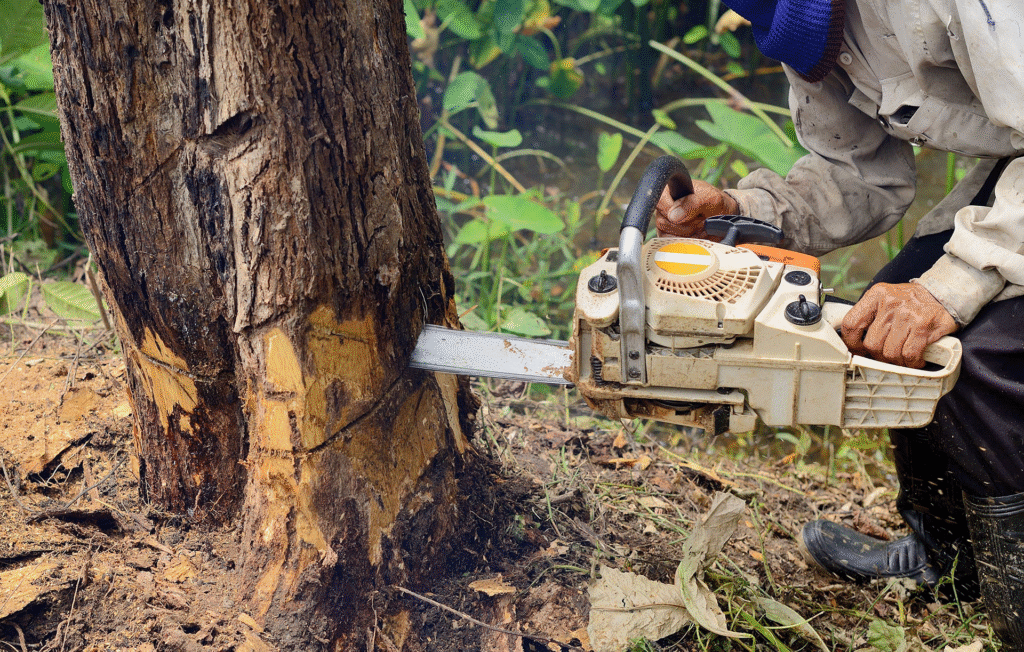
Step 1: Initial Assessment
Before applying for a permit, you should conduct an initial assessment of the trees on your property. This includes:
- Identifying the species of trees to be removed
- Documenting the number and approximate size of trees
- Determining if any are on the protected species list
- Assessing the ecological impact of removal
For larger projects, this assessment must be conducted by a certified forester or environmental consultant registered with the SBB. For smaller residential removals, you can often complete this assessment yourself, though professional guidance is recommended.
Step 2: Submitting Your Application
The formal application must be submitted to the appropriate government office based on your location. In urban areas, this is typically the municipal authority, while rural areas fall under the jurisdiction of the SBB or the Ministry of Spatial Planning, Land and Forest Management.
Your application package should include:
- Completed application form (available from the SBB website)
- Property ownership documentation
- Site plan showing the location of trees to be removed
- Photos of the trees
- Written justification for removal
- Tree assessment report
- Replanting or mitigation plan (for larger removals)
The application form can be downloaded from the SBB’s official website: Foundation for Forest Management and Production Control (Note: You should verify this link as it represents Suriname’s official forestry management authority).
Step 3: Site Inspection
After receiving your application, authorities will schedule a site inspection to verify the information provided. An inspector will visit your property to:
- Confirm the species and number of trees
- Assess the necessity of removal
- Evaluate potential environmental impacts
- Recommend mitigation measures if needed
This inspection typically occurs within 2-4 weeks of application submission, though delays are common in rural areas due to logistical challenges.
Step 4: Decision and Permit Issuance
Following the site inspection, authorities will make a decision on your application. This process typically takes 3-6 weeks, though complex cases may require additional time. If approved, you’ll receive a formal permit outlining:
- Specific trees approved for removal
- Timeframe for completion
- Required mitigation measures
- Reporting requirements
- Associated fees
Permit Costs and Fee Structure
The cost of tree removal permits in Suriname varies significantly based on multiple factors. The fee structure is designed not only to cover administrative costs but also to discourage unnecessary tree removal and fund reforestation efforts.
Basic Fee Structure
The following table outlines the general fee structure for tree removal permits in Suriname as of 2024:
| Permit Type | Number of Trees | Location | Base Fee (SRD) | Additional Fees |
|---|---|---|---|---|
| Residential | 1-3 trees | Urban | 500-1,500 | +200 SRD per tree over 50cm diameter |
| Residential | 4-10 trees | Urban | 1,500-4,000 | +350 SRD per tree over 50cm diameter |
| Commercial | 1-5 trees | Urban | 2,000-5,000 | +500 SRD per tree over 50cm diameter |
| Commercial | 6-20 trees | Urban | 5,000-15,000 | +800 SRD per tree over 50cm diameter |
| Agricultural | 1-2 hectares | Rural | 7,500-20,000 | +5,000 SRD per additional hectare |
| Development | 2+ hectares | Any | Case-by-case | Includes mandatory offset fees |
Note: Fees are in Surinamese Dollars (SRD). Exchange rates fluctuate, but approximately 30-35 SRD = 1 USD as of early 2025.
Additional Cost Considerations
Beyond the base permit fees, you should budget for several other potential expenses:
Application Processing Fees: These range from 200-500 SRD depending on the complexity of your application and are non-refundable even if your permit is denied.
Inspection Fees: For properties outside urban centers, you may need to cover transportation costs for inspectors, which can add 800-1,500 SRD to your expenses.
Environmental Impact Assessment (EIA): For larger commercial or development projects, a full EIA may be required, costing between 15,000-50,000 SRD depending on the scope.
Mitigation Costs: Most permits require some form of environmental mitigation, typically replanting trees at a ratio of 2:1 or 3:1, which can cost 150-300 SRD per replacement tree.
Professional Services: Hiring certified foresters, environmental consultants, or legal specialists to prepare your application can add significantly to costs but often improves approval chances.

Environmental Mitigation Requirements
Suriname’s commitment to forest conservation means that almost all tree removal permits come with environmental mitigation requirements. Understanding these obligations is crucial when budgeting for your project.
Replanting Obligations
The most common mitigation requirement is replanting trees to compensate for those removed. The standard ratios are:
- 2:1 for common species in urban areas
- 3:1 for native species in rural areas
- 5:1 or higher for removals in ecologically sensitive areas
The replanting doesn’t necessarily need to occur on the same property. In many cases, you can fulfill this obligation by supporting designated reforestation projects or paying into the National Forest Fund.
Monitoring and Reporting
Larger permits often include monitoring and reporting requirements. You may need to:
- Document survival rates of replanted trees
- Submit regular reports to the SBB
- Allow follow-up inspections
- Maintain planted trees for 2-5 years
Failure to meet these ongoing obligations can result in penalties, including fines and restrictions on future permits.
Exemptions and Special Circumstances
While Suriname’s tree removal regulations are stringent, certain situations qualify for exemptions or expedited processing.
Emergency Removals
In emergency situations where trees pose an immediate safety hazard, you can proceed with removal before obtaining a permit. However, you must:
- Document the emergency condition (photos, professional assessments)
- Notify authorities within 24-48 hours
- Submit a retroactive permit application within 5 business days
- Still comply with applicable mitigation requirements
The SBB maintains an emergency hotline for reporting such situations: +597-483-131 (verify this number as it represents Suriname’s official forestry emergency contact).
Indigenous and Tribal Communities
Suriname recognizes traditional land rights of indigenous and tribal communities. These communities operate under different regulatory frameworks that acknowledge their historical forest management practices.
If you’re working within or near indigenous territories, you’ll need to navigate both government regulations and traditional permission systems. The Association of Indigenous Village Leaders in Suriname (VIDS) can provide guidance on these dual processes.
Penalties for Non-Compliance
Suriname takes forestry violations seriously, with penalties designed to deter illegal tree removal. Understanding these consequences can help emphasize the importance of following proper procedures.
Monetary Fines
Fines for unauthorized tree removal vary based on the number and type of trees involved:
- 5,000-15,000 SRD per common tree in urban areas
- 10,000-30,000 SRD per protected species
- 50,000-250,000 SRD for commercial-scale illegal removals
- Up to 1,000,000 SRD for removals in protected areas
These fines can be multiplied based on factors like repeat offenses, environmental damage, or attempts to conceal the violation.
Other Consequences
Beyond monetary penalties, you may face:
- Mandatory restoration requirements exceeding standard mitigation ratios
- Property liens until violations are remedied
- Criminal charges for major violations
- Restrictions on future development permits
- Seizure of equipment used in illegal removals
Professional Tree Removal Services
Given the complexity of regulations, many property owners choose to work with professional tree removal services in Suriname. These companies typically:
- Handle the permit application process
- Conduct proper assessments
- Perform removals in compliance with regulations
- Implement required mitigation measures
- Maintain appropriate insurance and certifications
When selecting a service provider, you should verify their:
- Registration with the SBB as an approved contractor
- Safety record and insurance coverage
- Experience with similar projects
- Understanding of local regulations
- Approach to environmental mitigation
Sustainable Alternatives to Tree Removal
Before proceeding with tree removal, you should consider whether alternatives might achieve your goals while preserving Suriname’s forest resources.
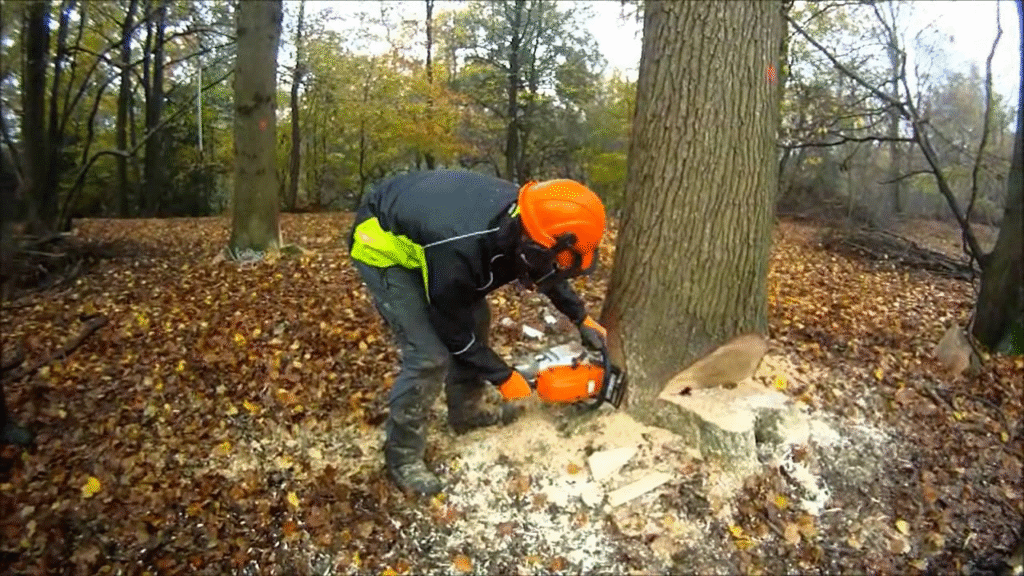
Selective Pruning
In many cases, problems with trees can be addressed through professional pruning rather than complete removal. This approach:
- Removes hazardous or diseased limbs
- Reduces interference with structures or utilities
- Improves tree health and appearance
- Requires simpler permits with lower fees
- Minimizes environmental impact
Relocation Options
For smaller or valuable trees, relocation rather than removal may be possible. While more expensive initially, this approach:
- Preserves the tree resource
- May qualify for reduced permit fees
- Often satisfies mitigation requirements automatically
- Preserves property values and environmental benefits
Recent Policy Developments
Suriname’s forestry policies continue to evolve as the country balances development needs with its commitment to environmental sustainability. Recent developments you should be aware of include:
Carbon Credit Programs
In line with international climate agreements, Suriname has implemented carbon credit programs that can offset the costs of sustainable forestry practices. Property owners undertaking carefully managed selective harvesting or implementing enhanced replanting programs may qualify for carbon credit incentives.
Digital Permitting System
As of early 2025, Suriname is rolling out a digital permitting system to streamline applications and improve monitoring. This system promises to reduce processing times and provide better transparency throughout the approval process. The digital platform can be accessed through the Ministry of Spatial Planning’s website.
Conclusion
Navigating tree removal regulations in Suriname requires careful planning, proper documentation, and a commitment to environmental stewardship. While the process may seem daunting, it represents an important balance between development needs and preserving Suriname’s globally significant forest resources.
By understanding the legal framework, preparing thoroughly for the application process, budgeting appropriately for all associated costs, and considering sustainable alternatives, you can successfully manage tree removal while contributing to Suriname’s forestry conservation efforts.
For the most current information on regulations and procedures, consult the Foundation for Forest Management and Production Control (SBB) or the Ministry of Spatial Planning, Land and Forest Management through their official websites or local offices.
